The Children
I took a walk in the desert this morning and saw my first mal mujer, or wicked woman—a flower that blooms in the hottest days of summer shortly before the welcoming monsoon rains. It is a curious flower, with lush green leaves and a beautiful pristine white flower. If you touch the leaves your fingers are full of nettles which can sting for hours. Mal mujer is a fitting metaphor for the events of the past weeks.
There is a stinging pain which touches the hearts of the people of the borderlands as they watch the drama of thousands of children fleeing for their lives from Central America. The children are young, innocent and pure. Just like the white flower of the mal mujer flower. An unprecedented surge of unaccompanied minors are crossing into the US; most are from Central America. An old storage facility in Nogales, Arizona is presently the temporary home for over 1000 children.
And we tell ourselves, well, it is better that they are sheltered and safe in a warehouse. Perhaps.
And we convince ourselves that better days are coming for these children. Perhaps.
They will be reunited with their parents. They will be safe in loving arms. Perhaps.
The Samaritans volunteer weekly at the aid station in Nogales, Sonora, known as el comedor. We have a good sense of the numbers and population patterns that pass through this shelter. Since the federal agencies (Health and Human Services, FEMA, and Homeland Security) do not want local community humanitarian groups to be directly involved in the care of the children, I cannot give a first-hand account about what these kids are experiencing. It has been both perplexing and confounding to be shut out of the warehouse which holds the children.
Yesterday, June 18, a group of journalists were allowed access to the compound at the Border Patrol station for the first time. Their reports were sobering. This is not summer camp for these youngsters. This is a tragedy. The place looks like a prison—another detention center—and the prisoners are over 1000 children. Their physical needs are being taken care of; their emotional, spiritual and recreational needs are not. I am told the children look tired, sad, and depressed. Many are in tears.
I’ve been naïve and trusting before about too many things: the Iraq war, the surge in Afghanistan, Wall Street bailouts, even Lance Armstrong. So forgive me if my gut tells me that there are too many secrets within the walls of the warehouse in Nogales. My mind wants to believe that DHS, FEMA and HHS are handling things just fine; but my gut is telling me to be wary. I get emotional about all of those children.
A more objective historic account of the migration of Central Americans to el norte is accurately reported by a friend and colleague, Joanna Foote. Her factual explanations are worth reading. Check out: http://fromlafrontera.wordpress.com/2014/06/15/beyond-the-sound-bites-unaccompanied-minors-on-the-usmexico-border/
I also highly recommend Juanita Molina’s account of her visit to the warehouse on June 18. See: http://borderaction.org/border-action-networks-tour-of-the-nogales-national-placement-center/
My account is probably less nuanced and more emotional. It’s personal.
In southern Arizona there are local humanitarian aid groups that have been working effectively with issues of immigration for years. They have trained personnel that are trusted members of the community. Their track record is exemplary, and far superior to the Department of Homeland Security, the Border Patrol, and FEMA in terms of violence toward migrants and responsiveness to humanitarian crises. Reports of abuse toward women and children from Border Patrol agents and ICE have been well documented in the past. I have personally seen and experienced rude, impersonal and sometimes shocking behavior from both ICE and Border Patrol agents over the past several years. So why has the government placed these agencies in charge of 1000 vulnerable children in a warehouse in Nogales?
I understand the need for security and protection toward displaced children. However the secretiveness and black-out of information of these federal agencies breed suspicion and rumors when you are on the outside. There is no collaboration or networking with the locals who have lived for years with immigration issues involving children.
Father Sean Carroll, the Executive Director of Kino Border Initiative, was allowed into the Border Patrol compound last week. He saw many of the children, but was not allowed the opportunity to speak with them and assess their situation in any depth. Physically they look pretty good, he reports, and have their basic needs met. They are receiving three meals a day and snacks in between. There is a playground and tent area set up for recreation, (45 minutes of playtime each day) and the children have television access and telephones if they know how to reach family members.
The federal agencies have responded quickly to the situation. I applaud them for their efforts. I know there are some real heroes working with these kids. And most likely there are some agents who have no business being around children. The children will be processed through the Nogales warehouse facility, and then moved to another location. Where they go next is unknown to the public.
I don’t know what “processed” means. Will the children be reunited with family members here in the US? Or will they be deported back to their home country from which they fled? Will they be left at a bus station in some city and left to fend for themselves, as I have read in numerous media accounts? If no one can find a close relative, will they be held indefinitely?
Here is what I do know:
The numbers of men, women and children fleeing Central America (Guatemala, Honduras, El Salvador) have been increasing at the comedor. This is nothing new.
Children as young as twelve years old are often seen getting ready to cross into the desert without an adult or parent. They tell us that they are fleeing for their lives. They speak of gangs, poverty and violence. Sometimes they are fiercely resolute and brave; often they are crying quietly off in a corner. A young man from El Salvador told me that he had seen friends killed by gangs in his home village.
Many are planning to cross into the US in order to reunite with a parent or family member. They have a plan. They are not wandering aimlessly. They have a destination. Children want to see their mothers, their fathers. Their sense of miles and direction are hopeless. They tell me that they have no choice.
Juanita Molina, of the Border Action Network, was allowed access into the compound in Nogales yesterday, June 18. She writes of a little girl from Guatemala, age 7, who was crying, standing apart from the other children. She told Juanita, “I am lost and no one knows I am here. My mother will never find me.” The child was inconsolable. Juanita told this child that she will not forget her and will do everything she can to help find her mother. I cannot get the words of this child out of my mind.
The children are traumatized and many have traveled via the infamous train, la bestia (the beast), which runs through Mexico to the US border. Many have been robbed, beaten and raped. They sit quietly at the comedor, eat their breakfast, and stare into space. A young man from Honduras, age 15, told me that he had been traveling for one month in order to reach the US border. He wants to reach Los Angeles where his family lives.
Several weeks ago, one child at the comedor, maybe age 12, drew a picture of his capture in the desert by the Border Patrol. His crayon drawing showed a bush where his uncle was hiding; it showed helicopters and cactus and mountains. In the middle of the drawing the child drew himself with a “soldier who put his boot on my head.” The child was pinned to the ground by a Border Patrol agent who held him in place with his boot, digging his face into the dirt.
One 14 year old from Honduras had not seen his mother in six years. He was on his way to Kansas, traveling alone through Mexico to reach the US border. He was strong, resolved, and determined when I spoke with him. Samaritans warned him of the desert in summer and the miles he must walk to reach the nearest town. He shrugged and gave a shy smile. Connecting with several other young men, he planned to continue his journey with them. He just might make it. Many do.
The news media give conflicting reports about the increased numbers of children crossing. Some news articles suggest there is a conspiracy. The US policy makers are somehow encouraging the children to come in order to create chaos and disruption at the border. (http://news.investors.com/ibd-editorials/061314-704725-texas-border-immigration-wave-may-well-be-orchestrated.htm)
The media and talk show pundits are taking a humanitarian disaster and using it for political advantage. There are the anti-Obama rants claiming that a lax immigration policy is the reason for this tragedy. (even though Obama has deported more undocumented migrants than any President in the past.) This whole scenario disgusts me.
The migrants I have seen the past few weeks have no idea that there is a surge of children crossing the border into the US through south Texas. The notion that these children are aware of US policies regarding the possibility of leniency and asylum if they are caught by the authorities is ludicrous. When I mention the large numbers of children in a Nogales warehouse, the migrants at the comedor do not know what I am talking about.
And yet it is plausible that migrants talk to each other and compare notes. Who did you cross with? How much did it cost? Where is the easiest place to get over the wall? If you’re caught, what happens?
People ask me why I continue going down to Mexico each week to serve breakfast to the migrants at el comedor. I think it comes down to this. We have eye contact and often share a hug. We look at each other. We physically and emotionally touch each other. We shake hands and share a laugh. We don’t look away when we talk about life experiences. I feel connected with these people at this crossroads to their journey. For once I am waiting on them, serving food, and looking at their wounds, instead of them waiting on me.
Latinos in the US often live in the shadows and are invisible in this country. They care for our children, pull the weeds in our gardens, clean our houses, scrub out the toilets in our hotel rooms, and stand on the fringes of our fancy fund-raising events making sure we are happy and comfortable. They do this quietly and graciously.
And we never have eye contact. They are on the outside, on the fringes. They have learned to be invisible.
I need a connection with people before I can truly be of any assistance. We all do. And this is why it is so frustrating to be kept on the outside of this human tragedy at the Nogales warehouse.
Americans like to help. I receive calls and emails about where to send boxes of clothes for the children. Where is the best place to send a check?
I suggest sending cash donations to the following humanitarian organizations. The money will go directly to the issues facing migrants both in the US and at the aid station in Mexico where I volunteer. Send checks to:
Kino Border Initiative, P.O. Box 159, Nogales, Arizona, 85628
Green Valley Samaritans. Make check out to: Good Shepherd United Church of Christ, 17750 S. La Canada, Sahuarita, AZ. 85629. In the memo, put “GV Samaritans.”
The plight of the children trying to cross into the US is not going away soon. The media will tire of it and move on to the next world crisis. The question is whether we can mobilize as a country and commit to a profound change in US immigration policy, respecting the dignity and humanity of children fleeing for their lives.
Please direct your comments to the “Comments” section of this blog.
Peg can be reached at: pegbowden1942@gmail.com
The photos of children in this posting are several years old and were taken at el comedor in Nogales, Sonora. They are not photos of children presently held in the warehouse in Nogales, Arizona.


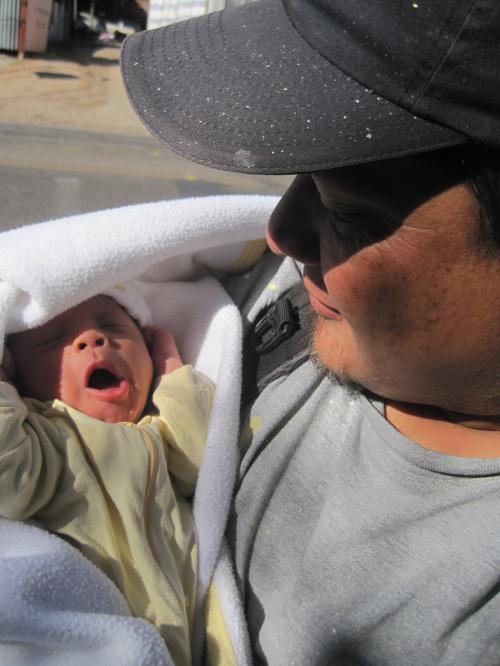
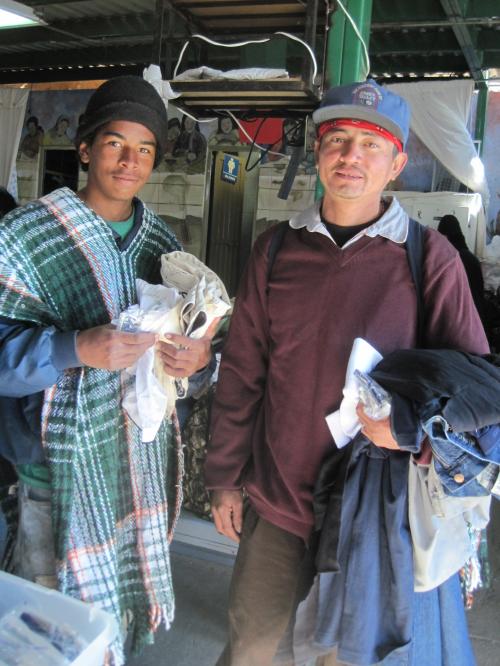
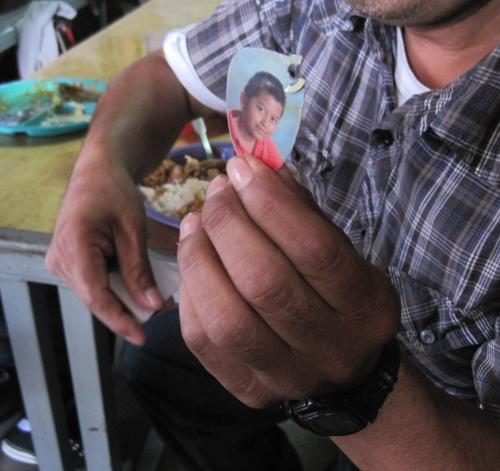
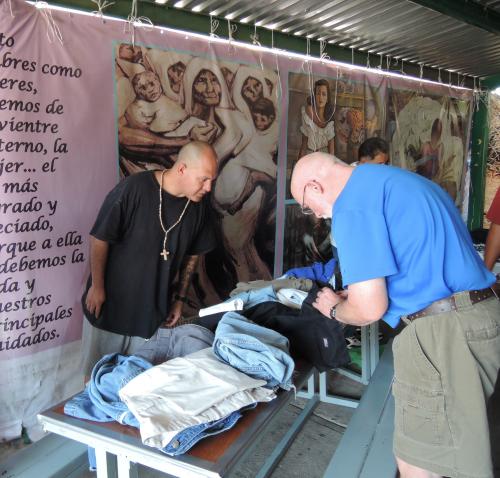
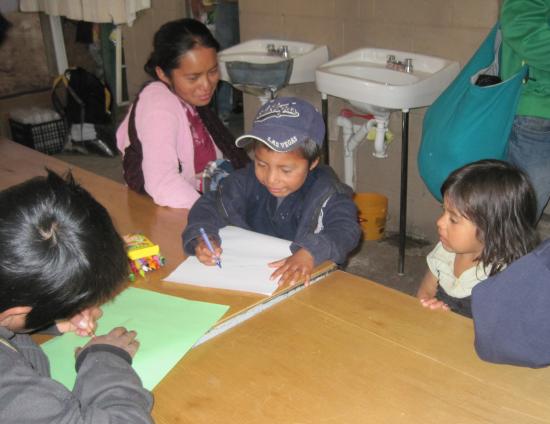
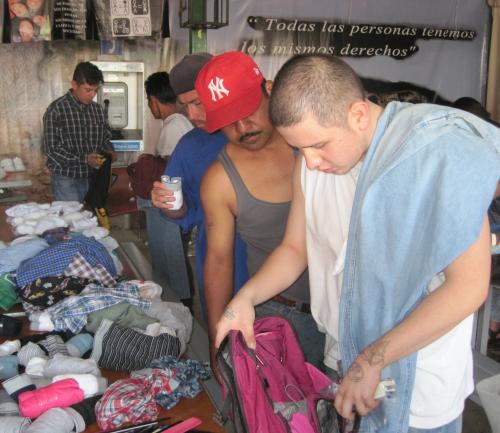
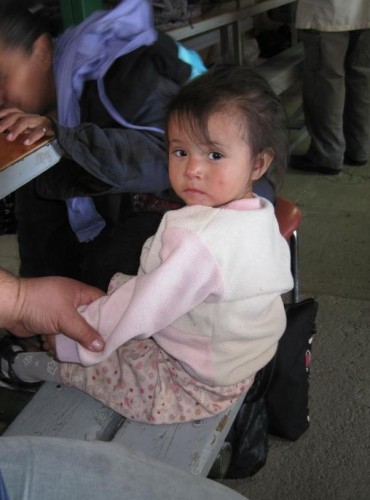
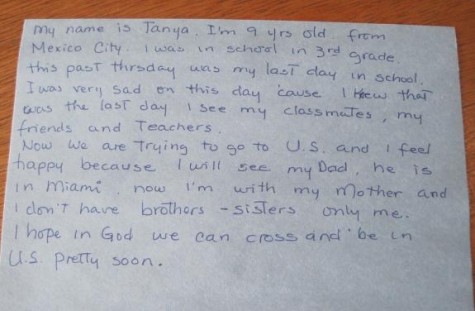
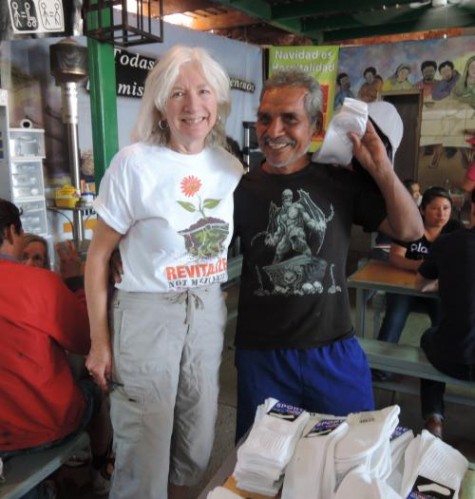
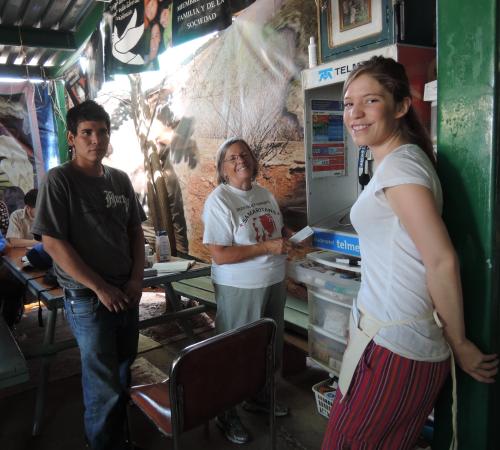

Thank you, Peg, for a more comprehensive look at the human side of this complex story. Media gives us numbers that numb – we forget that each child in Nogales is a separate hard story.
A wonderful job, Peg. Fair, balanced, yet also very moving. Abrazos, Blyth
Thank you for another honest report from the border. So sad for the kids but such a complex story. Why are kids as young as 7 being sent on their own to cross the border? But despite the reasons, you obviously need to look after the children.
Peg, as always your insights and sensitivity bring the things you describe into clear view for us readers, and I thank you. The questions and concerns you raise about what is happening to these children, and the secrecy surrounding their current
location, and what will become of them, are exactly right. It is a heart-wrenching situation. Cornelia (Green Valley)
Dear Peg,
Thank you for sending this beautifully done post. It’s heartbreaking.
Lawrence
Mike,
Re: young children crossing the border without an accompanying adult…. The young children I have seen at the comedor are often with an older sibling or aunt. They are seeking their parents who live in the US. I am told that older children at the warehouse facility in Nogales are helping to care for their younger siblings. But some of the young children are alone. Possibly an older sibling or parent was hurt (or worse) along the way to el norte. I see these children as war refugees escaping the violence and poverty of their home country.
Oh my god, Peg. Your commentary on the border kids touched my heart beyond measure. I am appalled that the feds won’t allow humanitarian groups access. What the he__? I’m going to circulate your blog widely to friends on FB and in my email lists. This is a humanitarian crisis of biblical proportions. And you are so right, the media has moved back to more on Benghazi, Hillary’s book, tornadoes . . . anything but this mass exodus of kids to safety who are being held in a warehouse! Yikes!
Thanks for sharing.
What an incredible story and situation…I cried reading it…(you know how I am) and then I sent it along to folks who do not know the truth of the situation and are led by those who have tea party and minutemen mentality… as well, I have posted it on my facebook. Kathleen
I really enjoyed reading this…the humanitarian issues are heart breaking….there are folks at the UU church who are into this….took me back to the wonderful trip to Panama and Cuba. I think I must go to this town Alamos. I subscribed to this. Thanks so much for sharing…
jsj
Peg,
Your words are inspiring others to think in new ways which we all need so desperately. So glad the NYT found this piece and had the good sense to publish it. Congratulations!
Special note: this blog piece was published in The New York Times on June 23, 2014 in the Op-Ed Opinion section. I am honored that the NYTimes is paying attention to the humanitarian crisis in the borderlands. –Peg Bowden
The existence of borders and the problems inherent in man made lines in the sand are of great interest to me.
Thank you for your excellent article about your current interaction with the children of the world attempting to be in a safer and kinder place.
I am a professional paralegal. I work on an alternate side of assisting migrants. I volunteer at least two (2) days a week at a non-profit legal clinic in NYC. Fairly recently, my non-profit legal clinic traveled to ambos Nogales; attorneys, B.I.A. accredited counselors, a young activist on our staff and myself, the paralegal.
This was just prior to the influx of the minor immigrants.
I and my colleagues were at El Comedor. And, at the women’s shelter and at Streamlining at Federal Court in Tucson.
I did see a young nurse attending to a man at El Comedor.
We really need to join together, medical professionals and legal professionals.
You do know that it is a racket; I mean the Corrections Corporation of America who holds the contract with the state of Arizona to detain and house the deportees?
There can be no immigration reform; no relief until the private industries who house these detainees are abolished. Unlike state or federal detention centers; the CCA can do whether it pleases to the detainees without any oversight. At, at least $150.00 dollars a day. Seventy (70) detainees are processed through Immigration Court in Tucson in an hour and a half; five days a week; each is sentenced to 30 to over 100 days of detention. It is a gold mine for CCA off the backs of these desperate people.
I totally agree with your comment. CCA and the private prisons have to go. Thanks for your observations. –Peg
Just reading your excellent book, Hard Edges, (available on Amazon), and I ordered two more copies for my family in CA.
Cornelia
Peg, I treasure a copy of your brother’s book The Secret Forest and look forward to our return to San Carlos next week.
The immigration debate can be reduced to three essential questions: Is America a sovereign nation that has the right to control its borders and decide who comes to live and work here? Should American immigration laws serve the just interests of the country and its citizens? And do those citizens have the right to expect and demand that the laws passed by their elected representatives be enforced? Will I hear from you?
Hi Leiann—Thanks for your concise and pertinent comment to my blog. I agree with your first two questions: Yes, the USA has the right to control its borders. And yes, American immigration laws should serve the interests of the country. The third question–should those laws be enforced? I believe that laws should be enforced if they are humane and respect the dignity of people. We’ve had many laws that did not respect people. I remember well the segregation of schools, the containment of American Indians on reservations, the internment of Japanese people during WWII. All within my lifetime. Some laws are wrong on every level. Laws need to be changed when they support policies that kill people. The present immigration policies of this country kill hundreds of people every year. The laws are a blight on my conscience.